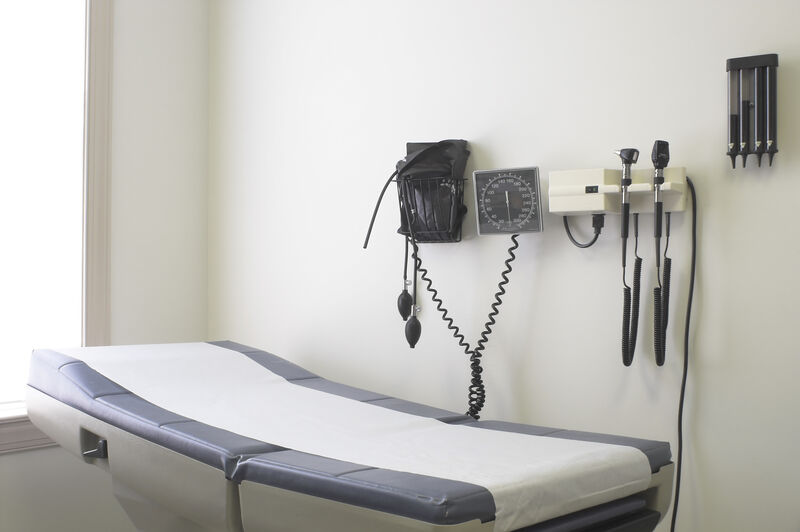
Today, I want to share with you Part Two of an Accessible Healthcare Series. As you may recall from Part One, I recently participated in a webinar, hosted by the ADA National Network, entitled “The Basics of Health Care and the Americans with Disabilities Act (ADA).” In partnership with three other ADA Centers, I presented the portion on the physical accessibility of buildings and facilitates. While most people are familiar with the concept that buildings must be ADA compliant, there is still confusion around what needs to be compliant.
One area of interest when it comes to accessible health care, is equipment. In my last blog post, I mentioned the ADA requires that medical care providers provide individuals with disabilities full and equal access to their health care services and facilities and reasonable modifications to policies, practices, and procedures when necessary to make health care services fully available. This is where accessible medical equipment comes in.
Not every exam room has to have fully accessible equipment, but you should have accessible equipment available when needed. It would also be important to note the accessibility needs of patients to ensure that they are accommodated at their visit. Understanding and using accessible equipment will minimize the risk of injury to patients and staff.
Exam Tables
Many examination tables are too high for patients with mobility disabilities. Non-adjustable tables make it difficult for patient transfer. When a patient cannot transfer to an exam table, they are not afforded full and equal access to their health care services. Offices should consider an adjustable-height exam table. These tables should have the ability to lower to the height of the wheelchair seat (17-19 inches, or lower to the floor) and elements to stabilize and support a person during transfer and while on the table. Some offices may consider the use of a lift to transfer some patients safely onto an exam table. Using lifts provides better security for the patient than being lifted by medical staff.
Accessible Scales
Offices should also consider the use of an accessible scale. The accurate measurement of a patient’s weight is essential for diagnostics and treatment (such as knowing the appropriate dosage of a pharmaceutical drug). Often, patients who use wheelchairs are not weighed in their doctor’s office because the equipment, such as a standing scale, is inaccessible. I have heard stories of individuals who use a wheelchair never being weighed until they are well into adulthood.
Medical providers should have an accessible scale with a platform large enough to fit a wheelchair, a high weight capacity, for weighing an individual while seated. You should be sure it also has edge protection, clear maneuvering space to pull on and off the scale, and a sloped surface.
Other Equipment
Aside from examination tables and scales, medical providers should consider other equipment, such as mammography equipment. The CDC shows that women with disabilities receive mammograms at a lower rate than women without disabilities. Lack of the appropriate accessible diagnostic equipment may mean that women with disabilities are at a higher risk of late stage breast cancer and have a higher mortality rate. This is just one example of why accessible medical equipment is essential to the overall health of patients with disabilities.
The use of accessible medical equipment is imperative to offering complete care to patients. And, again, the ADA requires that people with disabilities be afforded full and equal access to health care services.